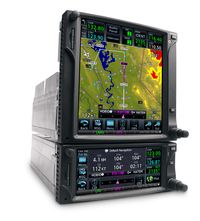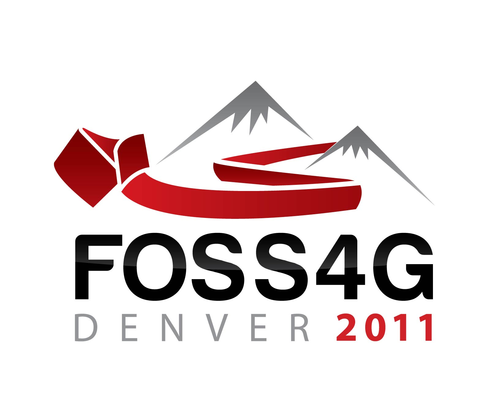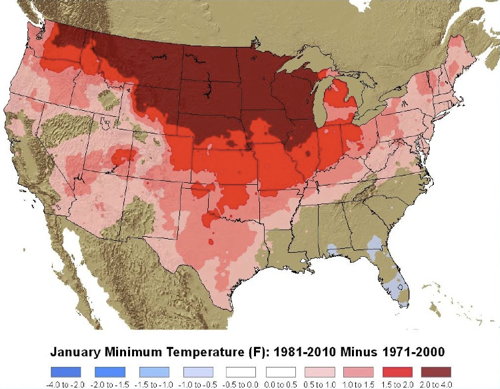There were hundreds of people who came by the Garmin booth at Oshkosh to get their hands on the GTN series  touchscreen avionics. If you didn’t get a chance to come by or you didn’t get to spend as much time with it as you wanted, we’ve got you covered. Garmin recently released a downloadable version of the GTN trainer on Garmin.com called the GTN PC Trainer Lite. This trainer functions just like the real GTN, giving you the opportunity to interact with the intuitive user interface and explore the robust capabilities in more depth.
touchscreen avionics. If you didn’t get a chance to come by or you didn’t get to spend as much time with it as you wanted, we’ve got you covered. Garmin recently released a downloadable version of the GTN trainer on Garmin.com called the GTN PC Trainer Lite. This trainer functions just like the real GTN, giving you the opportunity to interact with the intuitive user interface and explore the robust capabilities in more depth.
The database coverage on the PC Trainer Lite version is limited to North America and the G500/G600 integration is not available. If you are interested in the full trainer with G500/G600 integration, it is available on disk and can be purchased online. But if you’re just interested in getting to know the GTN and getting a feel for the rich features this system has to offer, then the GTN PC Trainer Lite is for you. You can also learn more by watching our series of GTN familiarization videos, which are all available online:

